Surprising Stories: Marie-Antoinette at the Hameau de la Reine
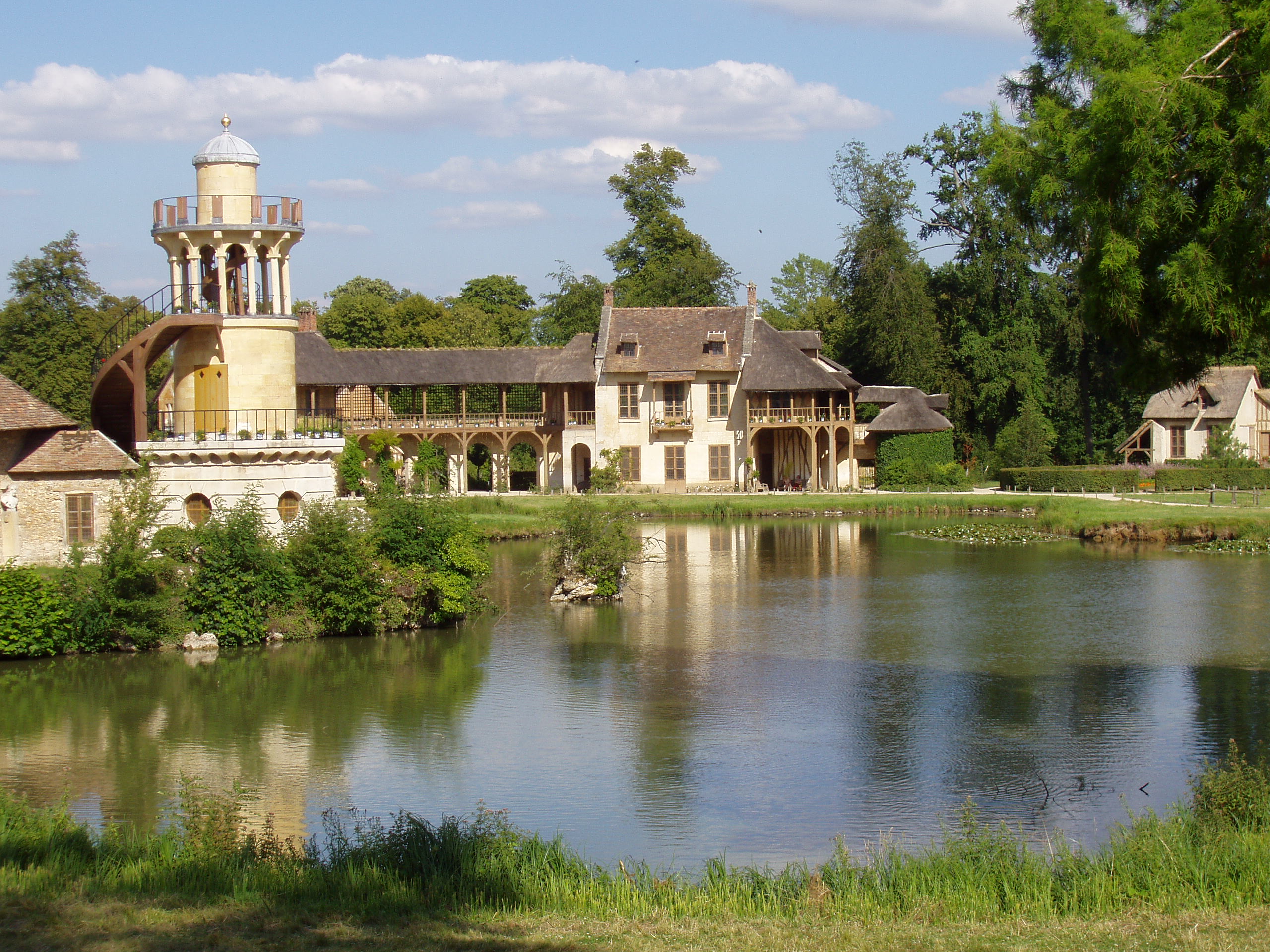
Maison de la Reine and the Tour de Marlborough. Photo: Daderot / Wikipedia
One of the most unexpected visits when touring the gardens of Versailles is the discovery of the Domaine de la Reine where queen Marie-Antoinette commissioned a fake village, called le hameau or the hamlet. Built to resemble vernacular architecture with half-timbered houses, thatched roofs, and stucco walls, the queen entertained friends and family, sometimes impersonating a milkmaid, serving cheeses, milk and creams from her farm. Today’s visitors marvel at the incongruous setting: how did the queen fail to understand that her countrified farm was a parody of most of her subjects’ villages? This Surprising Story reveals a different interpretation of the queen’s hamlet, suggesting that she built a model village in order to demonstrate her trendsetting good taste and the prosperity of the nation.
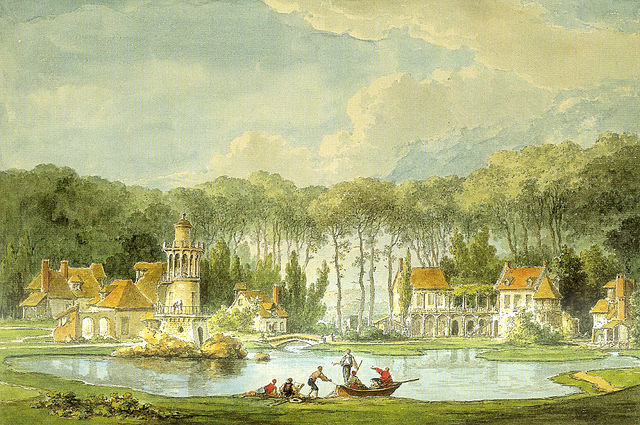
Claude-Louis Châtelet, Le Hameau, Petit Trianon, 1786, aquarelle, Modène, Biblioteca Estense.
In 1774, King Louis XVI offered his nineteen-year-old queen, Marie-Antoinette, the Petit Trianon as her own country house, where she uprooted the existing botanical garden and replaced it with the popular English or picturesque style. So pleased with her English garden, she decided to expand the space, and commissioned her architect Richard Mique to construct her Hameau from 1783 to 1786. Originally twelve buildings were theatrically arranged on the edge of an artificial lake and decorated trompe l’oeil cracks to give the appearance of authenticity. Despite the rustic appearance on the exteriors, the interiors of the ‘houses’ were decorated in luxurious silk fabrics, the most stylish furniture and decorative objects.
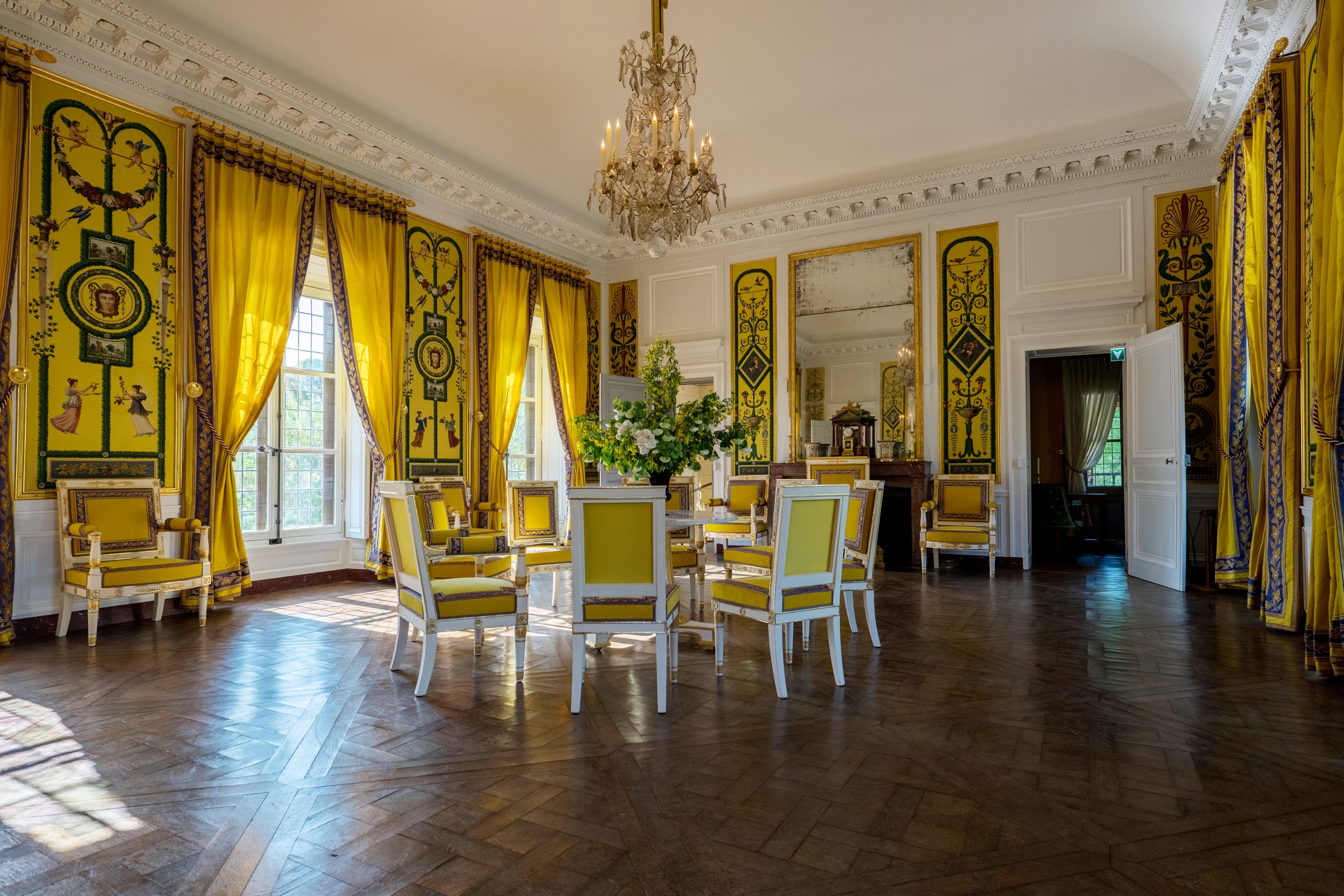
Interior, Hameau, Photo: Chateau de Versailles
The central manor house was divided into the queen’s chambers and the billiard room. The two buildings were connected by a wooden gallery. The houses were built to resemble a dovecote, a seigneurial sign of nobility, included working spaces, two gardener’s cottages and a réchauffoir or small kitchen. There was a barn, that could be converted into a ballroom, as well as two dairies, one for the fermentation of cheese, and a second called the laiterie parée or de propreté, where cheeses were presented and served to the queen and her guests. Connected to the laiterie was a tower designated the Tour de Marlborough, named after a popular song. The ensemble included a mill, but it was never used for grinding grain. Behind each of the buildings, ‘kitchen’ gardens were planted with cabbages and artichokes that supplied the kitchen. A short distance from the hamlet was a working farm, fully managed by a farmer appointed by the Queen, which included cows and sheep, vineyards, fields of barley, and orchards producing fruit and vegetables consumed at the Hameau.
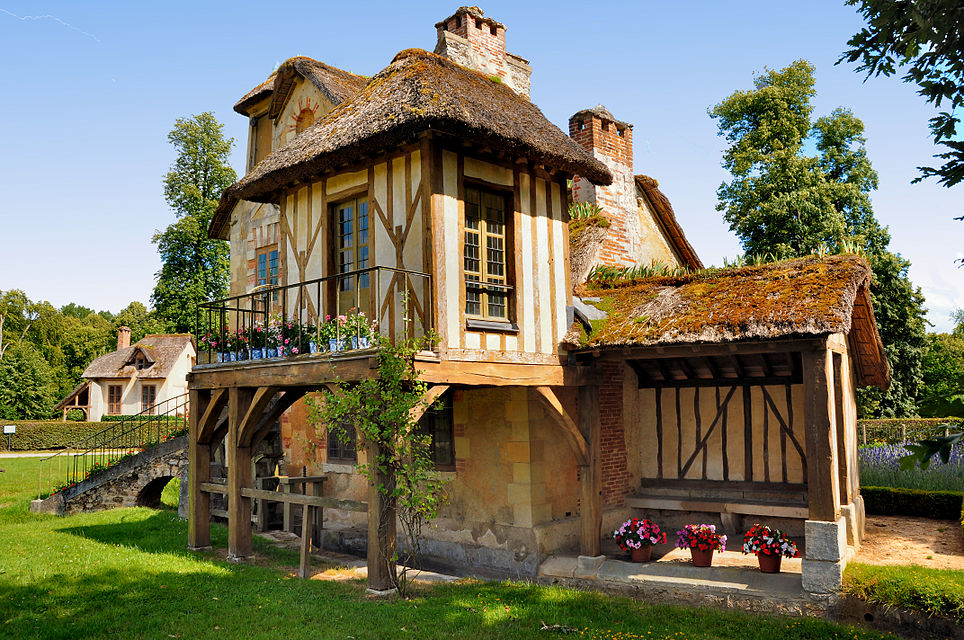
Mill, Hameau de la Reine. Photo: Starus / CC
The queen retreated to the Hameau for walks, day trips, theatrical performances and extravagant parties to entertain visiting diplomats. She also used the gardens as a pedagogical farm for teaching her four children about agriculture and horticulture. The queen’s endorsement of the the simple life at the Hameau, perhaps forgetting, even for a day, that she was queen, was inspired by comic operas in which aristocrats dressed as shepherds, shepherdesses and milkmaids, inverting social roles because they knew that at the end of the play, the lord returned to impose order. The queen therefore believed her dressing down parties, enjoying the simple life, retreating to nature, reinforced noble values.
Despite her intentions to show that her garden represented a prosperous model village, the gardens came to represent political disorder. The queen’s strict control of access to the site, where one entered By Order of the Queen, excluded jealous courtiers who spread scandalous gossip about her amorous intrigues away from court. The queen’s garden patronage implied a much more dangerous idea; that a woman could manage a property like a man, a notion that contributed to the Revolution and that would take another two hundred years to become possible!
Today, when we visit the Hameau, we are still charmed by the quaint village. We can imagine the courtiers promenading in the latest fashions, performing dances, and enjoying a fake fairground. We can also enjoy the queen’s inside joke—the rustic exteriors dissimulated luxurious interiors. Visits to the recently restored interiors, as they appeared when Napoleon and second wife, and Marie-Antoinette’s grand- niece, Empress Marie-Louise, lived at the Petit Trianon from 1810-1814, are open to small groups, must be reserved in advance.
We delve into this subject further on our half-day excursion focused on Marie-Antoinette at Versailles and can also incorporate these into our full day private tours of Versailles. Feel free to contact us here for more information.

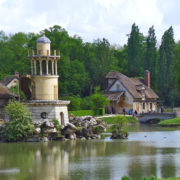
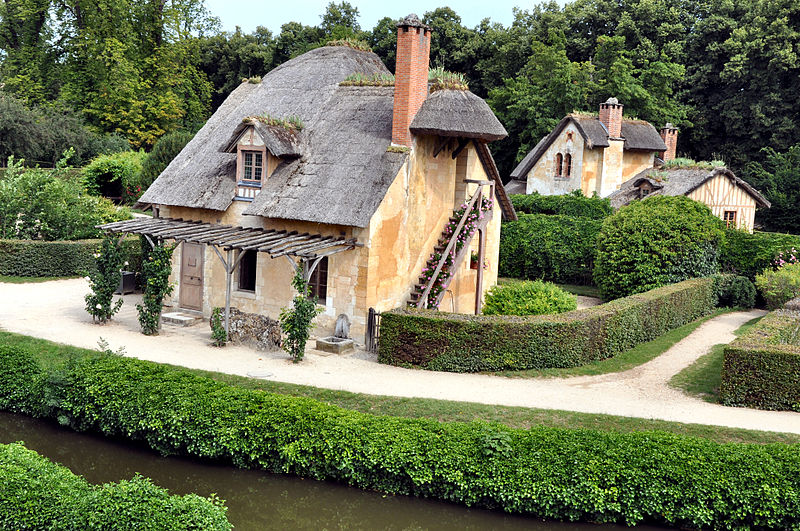
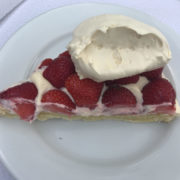
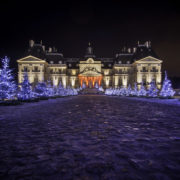
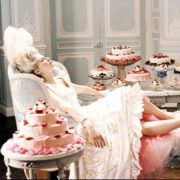

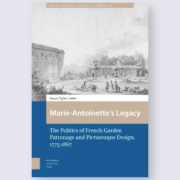



Leave a Reply
Want to join the discussion?Feel free to contribute!